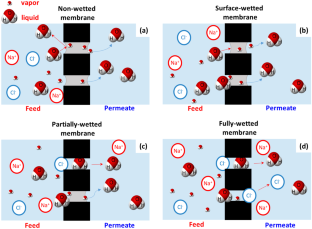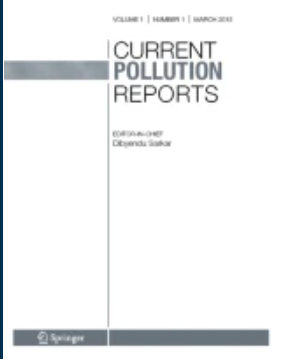Mitigation of Thermal Energy in Membrane Distillation for Environmental Sustainability
Abstract
Membrane distillation (MD) is a sustainable approach for the treatment of challenging saline water by effective removal of non-volatile compounds at high water recovery, offering near-to-zero liquid discharge to environment. Progressive efforts have been made in recent literature to mitigate membrane fouling and enhance the wetting resistance of MD for long-term stable operation; however, extensive energy consumption is the key constraint that hinders MD to become an economically sustainable solution for industrialization. This review represents the evaluation of energy consumption in MD in comparison with other existing advanced water treatment technologies (e.g., reverse osmosis). An up-to-date review of low-energy MD utilization to minimize energy consumption is provided in this work. High energy consumption in MD can be compensated by the effective utilization of renewable energy sources such as solar energy, geothermal energy, or waste heat. However, due to the sporadically unequal distribution and unstable availability of these low-grade sources, the dependence on the abundance of these energy sources may limit the flexibility in commercial MD applications. A recent approach to reduce specific thermal energy through direct heating of the membrane or spacer is also discussed in this review. The development of the membrane materials/configurations was highlighted for mitigating the effects of temperature polarization and improving energy efficiency by localized heating at/near the membrane surface by using photothermal, electrothermal, or induction materials.


 求助内容:
求助内容: 应助结果提醒方式:
应助结果提醒方式:


